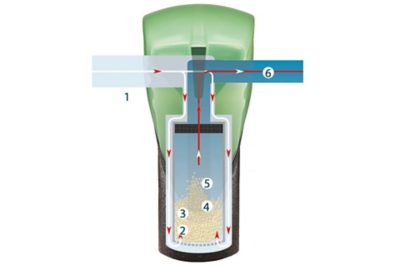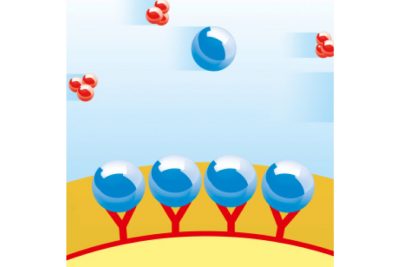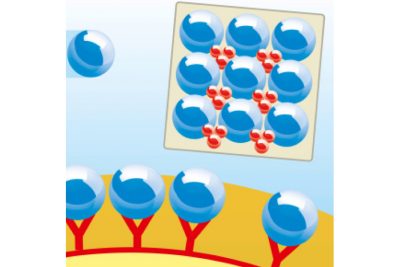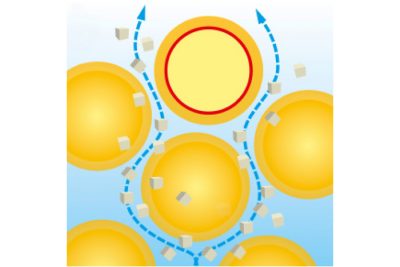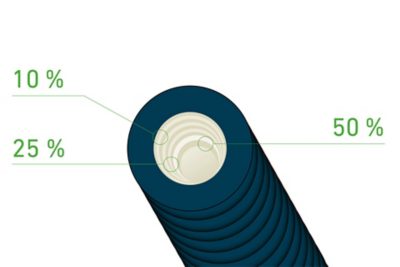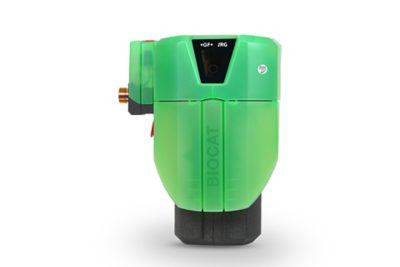Private households are the largest energy consumers, ahead of transportation and industry. Together with heating, hot water is by far the largest consumer in the building.
To protect against legionella, you heat your hot water to a continuous temperature of at least 60°C. But after just a short time, your water heater will take longer and longer to reach the water temperature you want.
The reason: Depending on the design of the heat exchanger, calcareous water has formed a layer of limescale on or in the heat exchangers, significantly impairing the heat transfer from the heat exchanger to the drinking water.
This scenario often goes unnoticed for a long time, because other components in your drinking water installation (mixer tap, pumps) compensate for the poor performance. Also, this incurs additional costs due to increased power usage, faster wear and tear and so on.
The result: When heated in boilers, instantaneous water heaters and plate heat exchangers, calcareous water causes the heat transfer surfaces to calcify. Limescale is a very good insulator. The thicker the deposits, the more it impedes energy transfer and reduces the efficiency of the water heating system. More heating energy is now needed to heat the water. This also increases carbon dioxide emissions from all fossil fuels.
